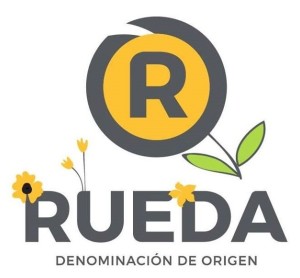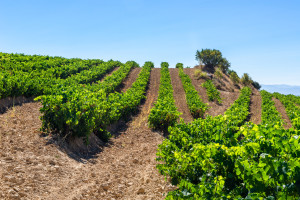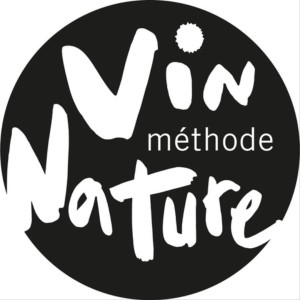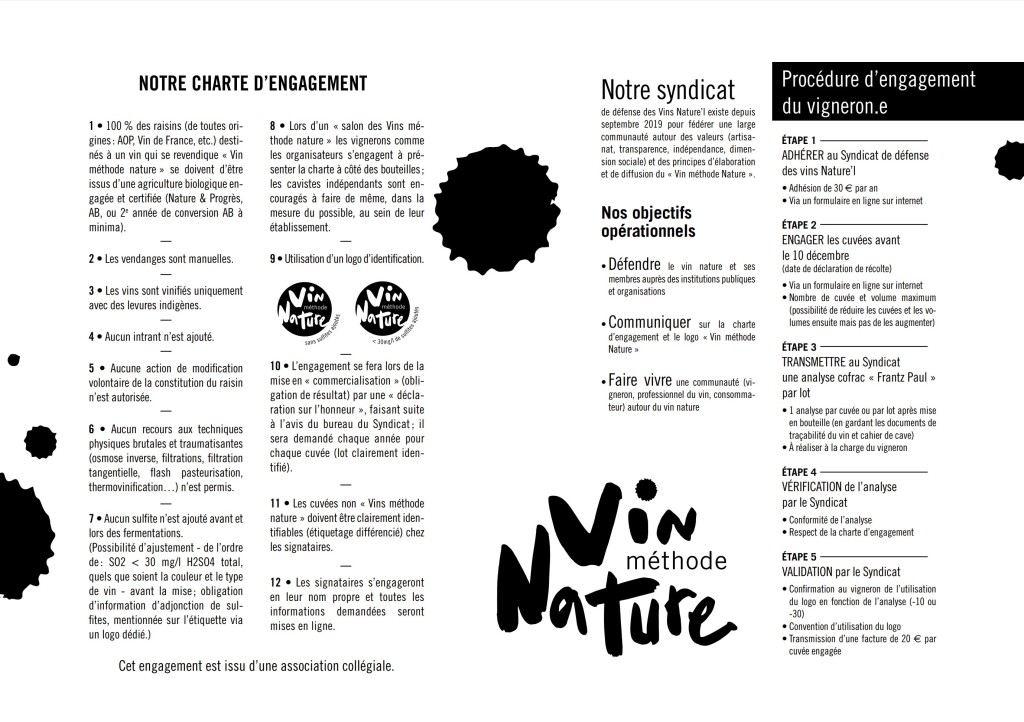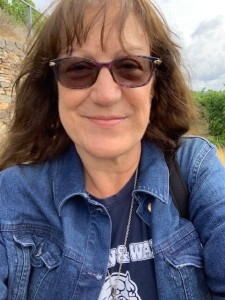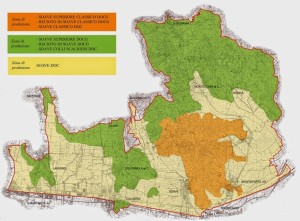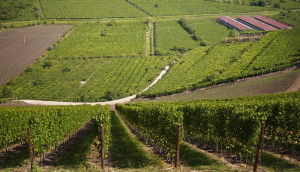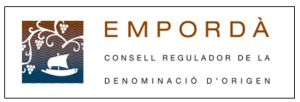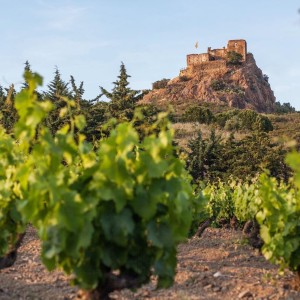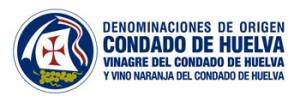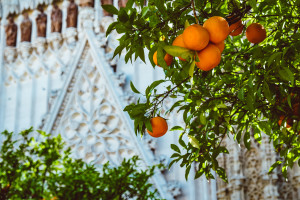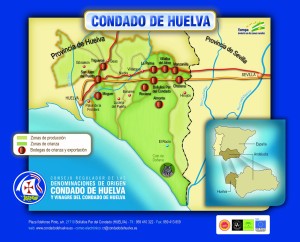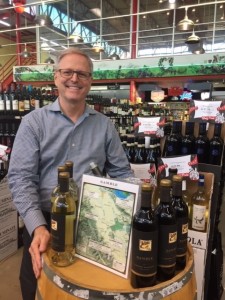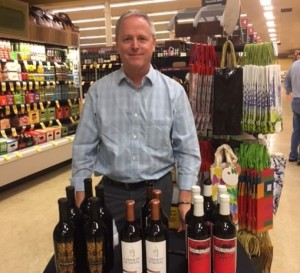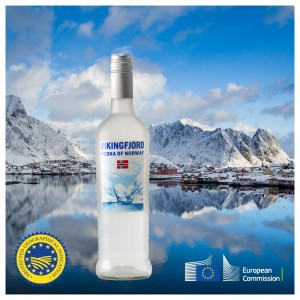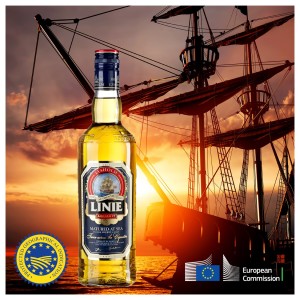Quite a few changes have been made to the rules and regulations that define the wines of DO Rueda.
Rueda, located in Castilla y León (in northwest Spain), lies along the Duero River—slightly to the west of Ribera del Duero. The area is best-known for its crisp, dry, white wines based on the Verdejo grape, which comprise over 90% of the region’s total production.
The main changes to the Pliego de Condiciones for the Rueda DO, to be reflected as of the 2020 vintage, are as follows:
Rueda Blanco: Previously, the region produced several different white wines, including Rueda Blanco (based on a minimum of 50% Verdejo), Rueda Verdejo (min. 85% Verdejo), and Rueda Sauvignon (min. 85% Sauvignon Blanc). These three products will be replaced by a single version—to be known as merely as Rueda (Blanco). This new version of Rueda Blanco must contain a minimum of 50% (combined) Verdejo and/or Sauvignon Blanc; the remainder may contain Viura, Palomino Fino, Viognier, and/or Chardonnay. (Viognier and Chardonnay are newly approved varieties for the region.)
Rueda Tinto: Red wines make up a tiny proportion of the output of the Rueda DO. Rueda Tino is a Tempranillo-based wine that may also contain Garnacha, Cabernet Sauvignon, and Merlot. As a result of the recent changes, Syrah is now allowed as well.
Rueda Pálido DO: Biologically aged, fortified wines (similar to the flor-influenced styles of Sherry) are another traditional specialty of the Rueda region; however, such wines were not included in the previous line-up of Rueda DO-approved wines. This has now been remedied with the approval of the “new” category of Rueda Pálido DO. Rueda Pálido DO is a dry, fortified wine produced using the Palomino Fino and Verdejo grape varieties. The wine must be bottled at a minimum of 15% abv and be oak-aged in the presence of film-forming yeast for a minimum of three years. The resulting wine is expected to the “straw yellow to pale golden color, with aromas and flavor of yeast, marzipan, dried fruit, and roasted apple.”
Vino Espumoso Gran Añada: The Rueda DO is approved for sparkling wine—vino espumoso—although it is rarely seen outside of Europe. A new aging designation—Gran Añada—has been approved for sparkling wines with a minimum of 36 months of lees aging.
Two other new categories—Gran vino de Rueda (implying “old vines” of at least 30 years of age) and Vino de Pueblo (made from the grapes of a specific municipality)—are also part of the new plan.
Rueda Dorado: Another product rarely seen outside of Spain, is a vino de licor (fortified wine) known as Rueda Dorado. Rueda Dorado must be produced using Palomino Fino and Verdejo grapes and bottled at a minimum of 15% abv. In addition, it must be aged for at least four years, including two in the barrel; this aging process earns the wine its golden (dorado) color and nutty, oxidative aromas and flavors. (Rueda Dorado was not affected by the recent regulatory changes, but we thought it was interesting enough to include in our list.)
The updates to the Pliego de Condiciones for the Rueda DO were first proposed in early 2019. By July they had been approved by the local Consejo Regulador and sent to Spain’s of Ministry of Agriculture, Fisheries and Food for further approvals. The proposal was published in Spain’s Boletín Oficial del Estado and approved by the European Union in March of 2020. Official at last!
References/for more information:
- Pliego de Condiciones DO Rueda March 3 2020
- https://www.dorueda.com/es/
- Journal of the EU – DO Rueda – March 3 2020
- Map of the DO Rueda
- https://trade.riberaruedawine.com/d-o-rueda-updates-classification-system/
- https://www.hudin.com/what-the-new-do-rueda-classifications-mean/
Post authored by Jane A. Nickles…your blog administrator: jnickles@societyofwineeducators.org
